This is the opinion of Mr. Lang Duc Quyen, former senior reporter, expert of the Xinhua News Agency's World Affairs Research Center, veteran scholar on Vietnam issues, when talking with a reporter of Nhan Dan Newspaper based in China, during the historic days of June, towards the 100th anniversary of Vietnam Revolutionary Press Day.

Researcher Lang Duc Quyen answered an interview with a reporter from Nhan Dan Newspaper.
The cradle of Vietnamese Revolutionary Journalism
Talking about the event of President Ho Chi Minh founding Thanh Nien newspaper, giving birth to Vietnam's revolutionary journalism, researcher Lang Duc Quyen said that from 1924 to 1927, Ho Chi Minh was assigned by the Communist International to travel from Moscow to Guangzhou, the center of the Chinese revolution at that time under the alias Ly Thuy, and to work as an interpreter for Borodin, the Soviet advisor to the National Government during the period of cooperation between the Kuomintang and the Communist Party of China. After a period of preparation, with the help of the Guangdong Regional Party Committee and the Guangdong Revolutionary Government, from the beginning of 1926, Ho Chi Minh began to open special political training classes for Vietnamese patriotic youth in Guangzhou. He opened a total of 3 classes, the first class had 10 students, the second class had 15 students, and the third class increased to more than 50 students.

Thanh Nien newspaper, October 3, 1926 issue. (Photo: VNA)
Ho Chi Minh directly lectured to the students, with contents such as the history of social development, the world revolutionary movement, the modern history of Vietnam, especially the process of invasion; the crimes of French colonialism, the revolutionary history of Russia, the Communist International, Sun Yat-sen's Three Principles of the People... The most focused content was the issues of the Vietnamese revolution, such as the nature of the Vietnamese revolution, who would lead the Vietnamese revolution, the forces of the revolution, which classes and strata could participate in the revolution... From 1925 to 1927, Ho Chi Minh trained dozens of revolutionary cadres, many of whom later became important figures in the history of the Vietnamese revolution such as Ngo Gia Tu, Tran Phu, Nguyen Duc Canh, Le Hong Phong, Le Hong Son, Pham Van Dong...
According to Lang Duc Quyen's research, during his revolutionary activities in Guangzhou, Ho Chi Minh often invited Chinese revolutionaries such as Zhou Enlai, Zhang Tailei, Chen Yannian, Li Fuchun, Peng Pai, He Xiangning, and advisor Borodin and his wife to lecture at training classes. Vietnamese students were also invited to attend conferences reporting on the peasant movement. The lecture materials at Ho Chi Minh's training classes were compiled into the work "The Revolutionary Path". This was the first Marxist-Leninist propaganda work in Vietnam, guided by Marxism-Leninism, combining profound ideological content and familiar, easy-to-understand language, to discuss a series of important issues of the proletarian revolution, becoming a compass for the Vietnamese revolution. Many young Vietnamese leaders were exposed to and studied Marxism-Leninism through the work "The Revolutionary Path".

Relics of the headquarters of the Vietnam Revolutionary Youth Association in Guangzhou city. (Photo: People's Daily)
At the end of the first training class, Ho Chi Minh summoned the students to the classroom on the third floor, located on Van Minh Street in Guangzhou City, and announced the establishment of a new type of patriotic organization, called the Vietnam Revolutionary Youth Association (Vietnam Revolutionary Youth Association), with the task of widely propagating Lenin's theory and the resolutions of the Communist International among Vietnamese revolutionaries, considering Leninism an irreplaceable weapon, uniting all true patriots based on the revolutionary stance; aiming to establish a communist party when conditions permitted. From then on, house number 13 Van Minh Street, Guangzhou City, became the headquarters of the Vietnam Revolutionary Youth Association - the overseas base and command center of the Vietnamese revolution at that time.
Talking about the birth of the first newspaper of the Vietnamese revolutionary press, researcher Lang Duc Quyen emphasized that, along with the establishment of the Vietnam Revolutionary Youth Association, the Thanh Nien newspaper - the mouthpiece of the Vietnam Revolutionary Youth Association was also born, with Ho Chi Minh as the main editor. This was a small-format newspaper, mimeographed, published once a week, with a quantity of more than 100 copies/issue, distributed to Vietnamese people living in Guangzhou, and shipped back to the country, as well as to Vietnamese people in Thailand and France via ocean-going cargo ships.
From the first issue published on June 21, 1925 to February 14, 1930, Thanh Nien newspaper published a total of 202 issues. The main content of the newspaper was to expose the crimes of French colonialism, introduce Lenin's doctrine on national liberation, and propagate the contents and viewpoints in the work "The Revolutionary Path".
This year marks the 100th anniversary of Vietnam Revolutionary Press Day, which is also 100 years since President Ho Chi Minh - the founder and builder of Vietnam's revolutionary press, a great writer, and teacher of generations of Vietnamese journalists - founded Thanh Nien newspaper, Vietnam's first revolutionary newspaper, in Guangzhou city. Expert Lang Duc Quyen assessed that Ho Chi Minh's founding of Thanh Nien newspaper was a pioneering event, unprecedented in history, an important milestone for the press and the entire revolutionary cause of Vietnam, contributing to calling on the Vietnamese people to rise up to fight against French colonialism, preparing conditions in terms of public opinion for the establishment of the Communist Party of Vietnam later.

The place where Thanh Nien newspaper was edited and printed in the Vietnam Revolutionary Youth Association Headquarters Relic. (Photo: Nhan Dan Daily)
Worthy contribution to the revolutionary cause
As a person who has been attached to Vietnam for many years, Mr. Lang Duc Quyen, who studied in Vietnam in the 60s of the last century, after working at Xinhua News Agency, was assigned as a resident reporter in Vietnam for a long time, witnessing firsthand the years of war against the US, the period of renovation and integration, until the end of his term in 1999. After returning to Vietnam, he became an expert in researching international issues, especially issues related to Vietnam and Vietnam-China relations.
Talking to Nhan Dan Newspaper reporters, at the age of over 80, journalist Lang Duc Quyen said that during his years of living in Vietnam, he had the opportunity to meet many Vietnamese journalists, who cooperated and effectively supported the work and life of a resident reporter of Xinhua News Agency in the area. Especially veteran journalists such as journalist Do Phuong (former General Director of Vietnam News Agency) and journalist Huu Tho (former Editor-in-Chief of Nhan Dan Newspaper), to him, they are both brothers and close friends.
Talking about the role, position and great contributions of Vietnam's revolutionary press, researcher Lang Duc Quyen affirmed that Vietnam and China have many similarities, both are socialist countries led by the Communist Party, the Party and the State highly value the role of the information-press front and journalists.

General Secretary and President To Lam and his wife visit the Vietnam Revolutionary Youth Association Headquarters Relic Site in Guangzhou City, Guangdong Province, China, August 2024. (Photo: VNA)
“I appreciate the selfless sacrifices and great contributions of press agencies and generations of Vietnamese journalists in the past struggle for national liberation and reunification; I appreciate the continuous efforts and great contributions of press agencies and generations of Vietnamese journalists to the cause of innovation, integration, construction and modernization of the country over the past nearly 40 years. At the same time, I also expect my Vietnamese colleagues to make worthy contributions in the new era of development and prosperity of the Vietnamese nation,” Mr. Lang Duc Quyen shared.
Talking about the similarities between the press of Vietnam and China, Mr. Lang Duc Quyen emphasized that the official press of Vietnam and China are both propaganda and public opinion orientation agencies under the leadership of the Communist Party, with similar nature, functions, and tasks, and many common points and close interests. The official press and media agencies of the two countries have a long-standing, deep friendship and close cooperation. Although he has been retired for nearly 20 years, Mr. Lang Duc Quyen still regularly reads the official press of Vietnam on the Internet every day, especially the websites of Nhan Dan Newspaper, News Agency, Communist Magazine, People's Army Newspaper, etc., to update the major policies of the Party and State of Vietnam as well as the domestic situation and foreign relations of Vietnam.

I appreciate the selfless sacrifices and great contributions of press agencies and generations of Vietnamese journalists in the past struggle for national liberation and reunification...
Journalist Lang Duc Quyen shared and was delighted with the rapid development of Vietnam as well as the increasingly deep friendship and cooperation between Vietnam and China; at the same time, he sent his colleagues and Vietnamese journalists a message to "not forget their original wishes, remember their mission" in making worthy contributions to Vietnam's revolutionary cause as well as the Vietnam-China friendship in the new era.
Source: https://nhandan.vn/special/bao-chi-cach-mang-viet-nam-hoc-gia-trung-quoc/index.html#source=home/zone-box-460585





![[Photo] President Luong Cuong talks on the phone with South Korean President Lee Jae Myung](https://vphoto.vietnam.vn/thumb/1200x675/vietnam/resource/IMAGE/2025/6/13/eee54a4c903f49bda277272b1dda68e8)


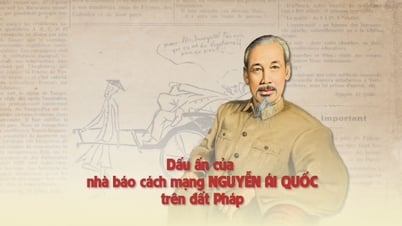




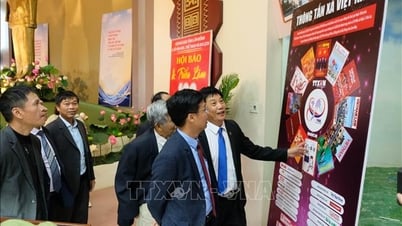



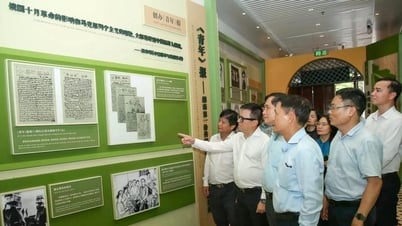


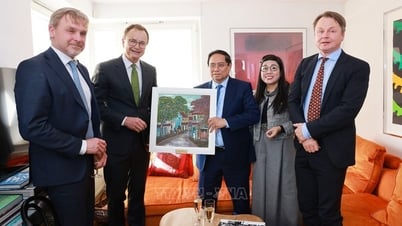


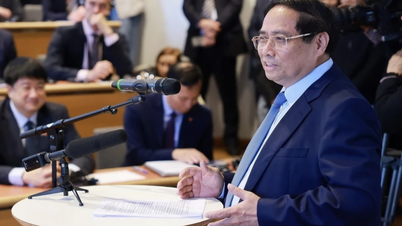

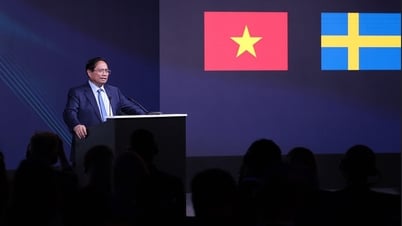

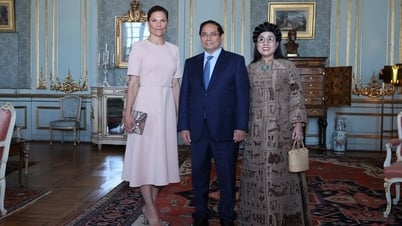




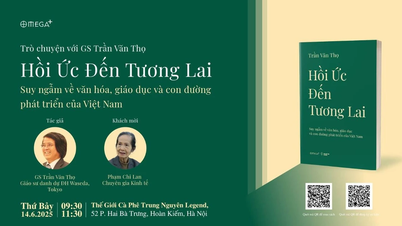
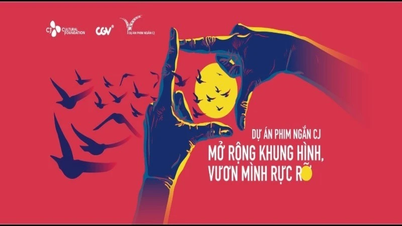

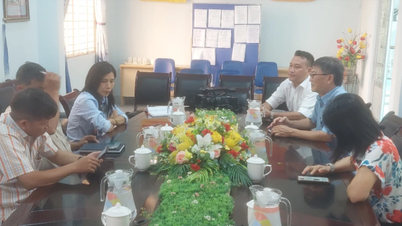
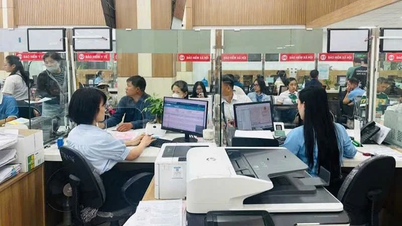


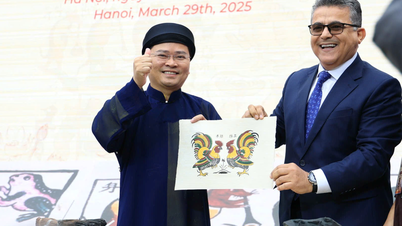

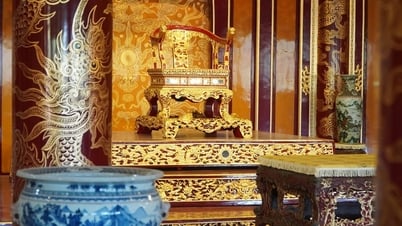
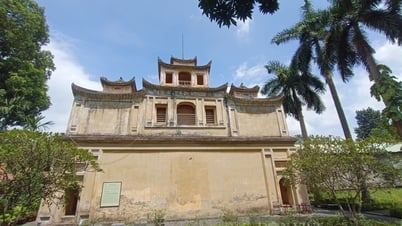

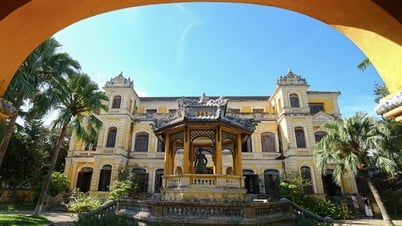

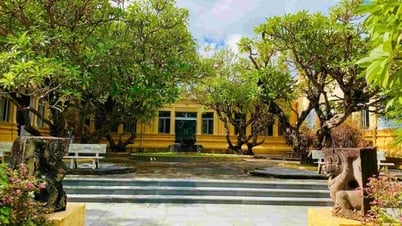

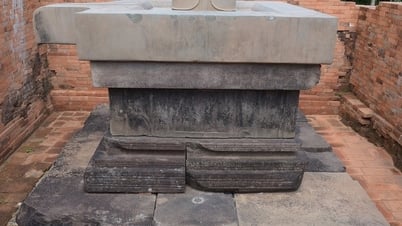





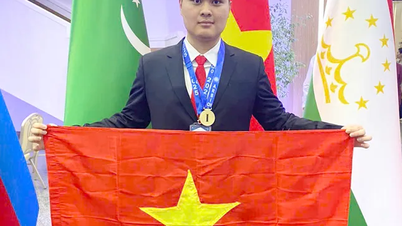










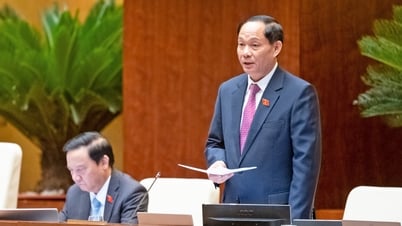
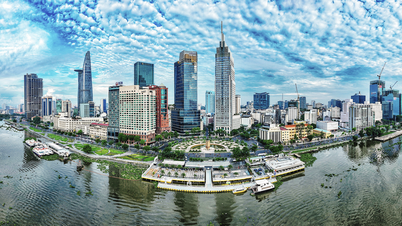

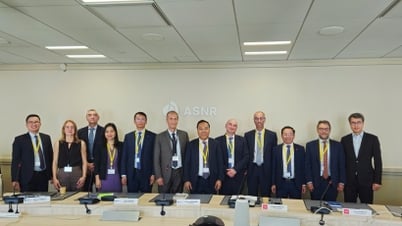







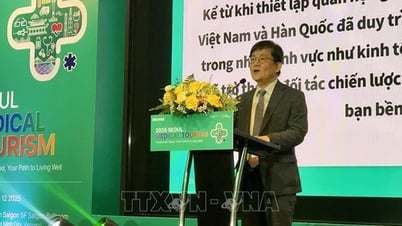



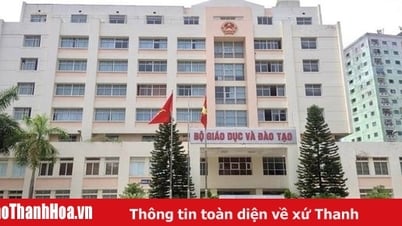






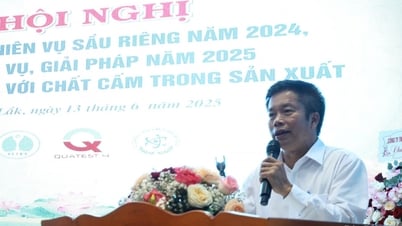

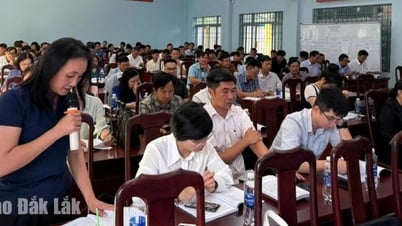
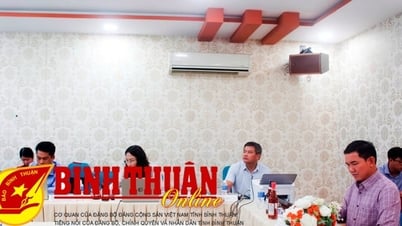

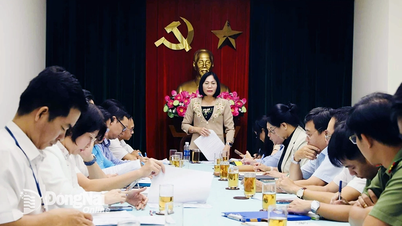

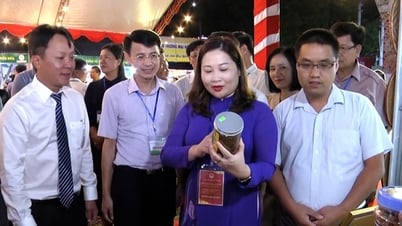





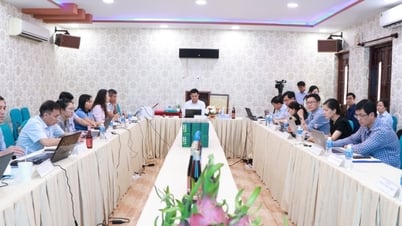



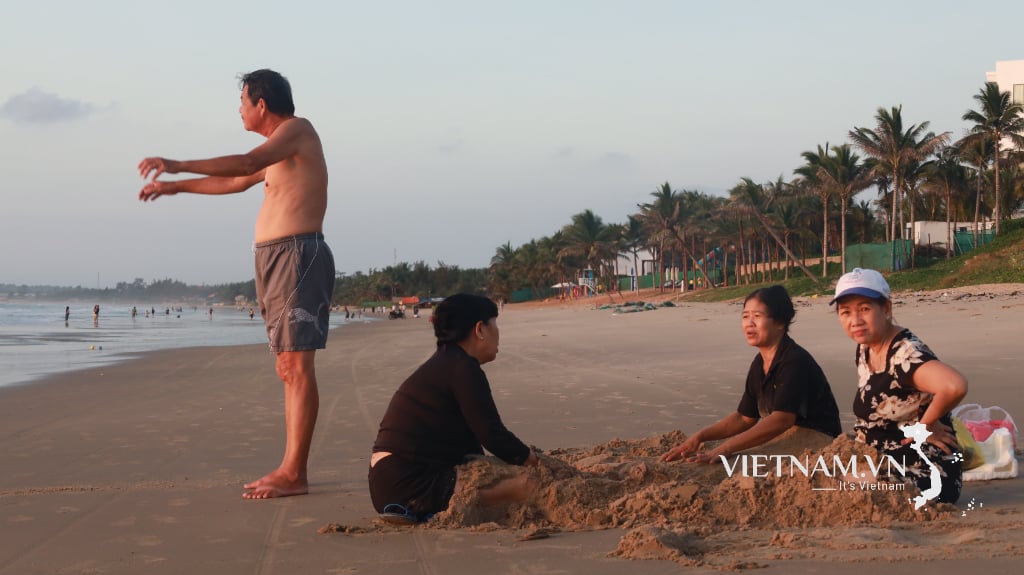

Comment (0)